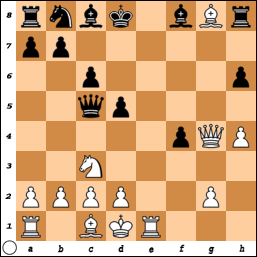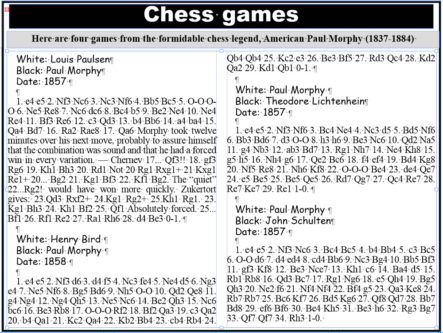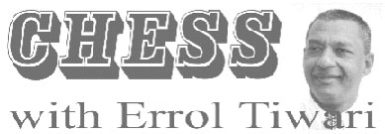 Never interrupt your enemy when he is making a mistake. – Napoleon Bonaparte
Never interrupt your enemy when he is making a mistake. – Napoleon Bonaparte
American chess master Paul Charles Morphy (1837-84) adhered to this motto when he engaged others in the royal game. He played the most uncanny and unorthodox moves during his games. Very often, Morphy actually endorsed his opponents’ difficulties by helping them along with their mistakes. He is on record as saying chess is eminently, and emphatically, the philosopher’s game. For example, take a long, deep look at today’s chess puzzle and, in solving it, you may begin to understand the nature of Morphy’s thought processes. Grandmasters seldom think in the manner of amateur chess players. This is what makes them superior-thinking beings in chess.
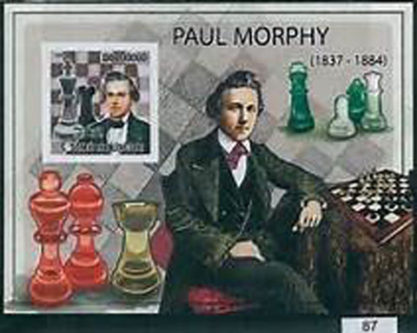
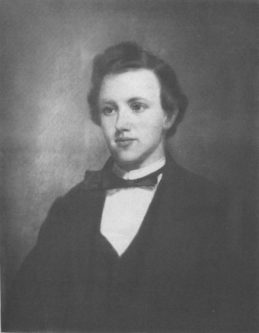
June is the birth month of Morphy, who was a prodigy in chess. It has been touted for centuries that prodigies exist only in three areas of human activity – music, mathematics and chess. And that assertion has never been disputed. According to chess history, Morphy was the first of a supreme few who achieved such a blessed distinction. The Cuban grandmaster Jose Raul Capablanca was the second person so acknowledged, together with the Americans Samuel Reshevsky and Bobby Fischer. But since the introduction of electronic chess, the number of chess prodigies have increased significantly.
Morphy learnt chess by watching his father play the game. At age nine, he was observing his father play his uncle. After some time, with neither player gaining ground, a draw was decided. The contenders moved to sweep away the pieces from the chess table, but little Paul stopped them. He told his uncle he should have won the game, and he demonstrated how. Rook checks his opponent’s king forcing the king to take the rook. And then the combination begins. The mate was elegant and forced. There was no escape. The boy had visualized the combination. This episode has been well documented and has been quoted in books and numerous chess articles about Morphy. At 12, in all probability, he was the strongest chess player in America. For a while, Morphy’s studies took precedence and he qualified as an attorney before he reached 21, the required age for beginning a practice. During his wait, Morphy won the First American Chess Congress.
Following the Congress, Morphy set his sights on Howard Staunton, an Englishman and arguably the most respected player in Europe. As an opening salvo, the city of New Orleans invited Staunton for a match with Morphy. The amenities for Staunton were attractive, but he declined the invitation anyhow contending New Orleans was too far away. Morphy in turn travelled to England hoping to participate in a tournament and simultaneously challenge Staunton on his own turf. The tournament was strangely erased and Staunton kept avoiding his erstwhile opponent. Incidentally, Staunton created the celebrated chess pieces that are widely known as the Staunton Pieces, and which are used today.
Morphy visited Paris where he played and won a “blindfolded” tournament. Morphy sat in one room facing a wall while his eight opponents sat in another and had helpers who advised the participants which were the most accurate moves. Morphy defeated them all without sight of the moves on the chess boards. At the time, such a feat was largely unprecedented, intellectual, and considered superhuman. The New York Times reported at the time “that it was predicted the young American would die of brain fever.” The feat was strangely incomprehensible. Fifty years afterward, Alexander Alekhine performed the identical blindfolded feat with 30 players instead of eight.
Morphy’s chess career lasted about a year and a half after the simultaneous blindfolded tournament. After his passing, he came to be known by the sobriquet ‘The Pride and Sorrow of Chess’. During his final days he loathed the game of chess; he refused to even mention the game publicly. However, he left us a body of games that still excite us with their brilliance, beauty and imagination. Morphy’s games will remain immortal.
